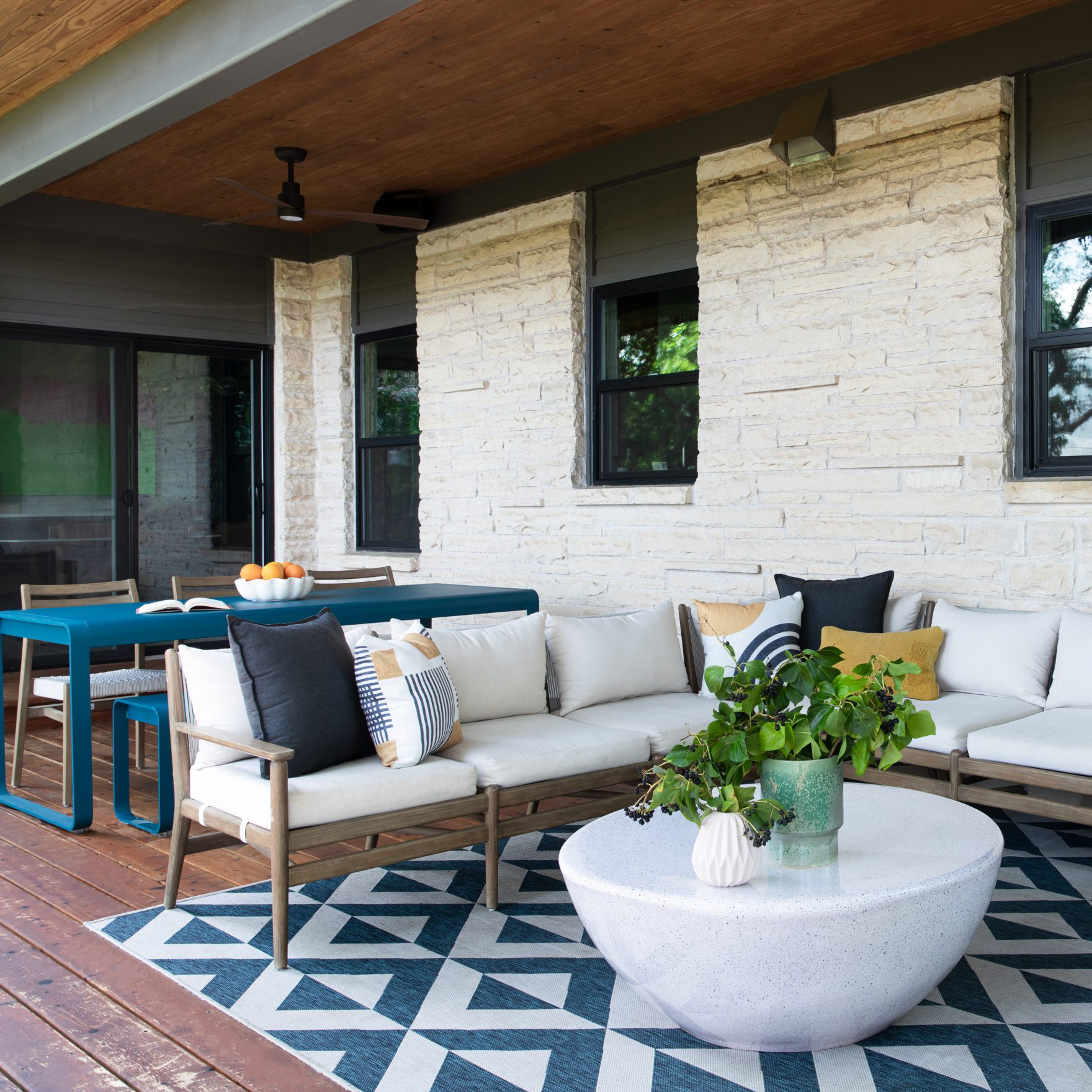
The History of Black and White Interior Design
Black and white interior design has been popular for centuries, with its roots traced back to Ancient Greece and Rome. The monochromatic color scheme is celebrated for its timeless elegance, versatility, and ability to create a sophisticated and stylish space. From art deco glamour in the 1920s to contemporary minimalism in the 21st century, black and white have remained a popular choice for interior design.
In the early 20th century, black and white interior designs were seen as a symbol of modernity and luxury. The use of black and white went hand in hand with the development of new technologies and materials, such as concrete, steel, and glass. Black and white were also used extensively in the art deco style, which became popular in the 1920s and 1930s. Art deco is known for its geometric shapes, rich gold accents, and glamorous Hollywood style.
In the mid-20th century, black and white interior design became popular in Scandinavia, where it was used to create airy and light-filled spaces that were grounded in simplicity and functionality. The use of black and white in Scandinavian design was also linked to the rise of modernism, which emphasized simplicity, functionality, and minimalism.
The Benefits of Black and White Interior Design
Black and white interior design has a number of benefits for homeowners and designers. One of the most significant benefits is the versatility of the color scheme. Black and white can be used in a variety of styles, from traditional to modern, and can be paired with a range of accents and accessories, including colorful textiles, natural materials, and metallic finishes.
Another benefit of black and white interior design is the impact it can have on the atmosphere of a room. The contrast between black and white creates a sense of drama and tension, which can be used to highlight architectural features, create focal points, and add visual interest to a space. Black and white can also be used to create a calming and soothing environment, particularly in bedrooms and bathrooms, where minimalism and simplicity are valued.
Finally, black and white interior design can be used to make smaller spaces appear larger and more spacious. The use of a light-colored floor and ceiling, combined with black and white walls and furnishings, can create an illusion of space and airiness.
The Challenges of Black and White Interior Design
Despite its benefits, black and white interior design can also present a number of challenges for homeowners and designers. One of the biggest challenges is the tendency to create a space that feels cold, sterile, or impersonal. To avoid this, it is important to balance the black and white color scheme with texture, pattern, and warmth. This can be achieved by incorporating natural materials, such as wood or stone, or by adding tactile accents, such as soft textiles or plush furnishings.
Another challenge of black and white interior design is the need to create visual interest and variety, without overwhelming the space or making it appear cluttered. This can be achieved by using a range of textures, patterns, and finishes, or by incorporating elements of color through accessories, plants, or artwork.
How to Incorporate Black and White into your Home
If you’re interested in incorporating black and white into your home, there are a number of strategies you can use:
Start with the Basics
Start by painting your walls black or white. This will create a bold and impactful backdrop for your furnishings and accessories. If you’re not ready to commit to a black or white wall, consider adding black and white accents through pillows, throws, or artwork.
Incorporate Texture and Pattern
To create visual interest and warmth, incorporate texture and pattern into your black and white design. This can be achieved through the use of natural materials, such as wood or stone, or through the use of tactile accents, such as rugs, throws, or cushions.
Add Pops of Color
While black and white interior design is known for its minimalism and simplicity, adding pops of color can help to create a sense of liveliness and energy. Consider adding colorful accessories, such as vases, artwork, or plants.
Play with Lighting
Lighting can have a big impact on the atmosphere of a black and white space. Consider adding ambient lighting, such as floor lamps or recessed lighting, to create a warm and inviting atmosphere. You can also use lighting to highlight architectural features or to create focal points.
Black and white interior design has been a popular choice for centuries, and for good reason. The timeless color scheme is versatile, sophisticated, and can be used to create a range of atmospheres, from bold and dramatic to calming and tranquil. However, black and white interior design also presents a number of challenges, including the risk of creating a cold or sterile environment. By incorporate texture, pattern, and pops of color, the monochromatic color scheme can be used to create a space that is stylish, inviting, and uniquely yours.







